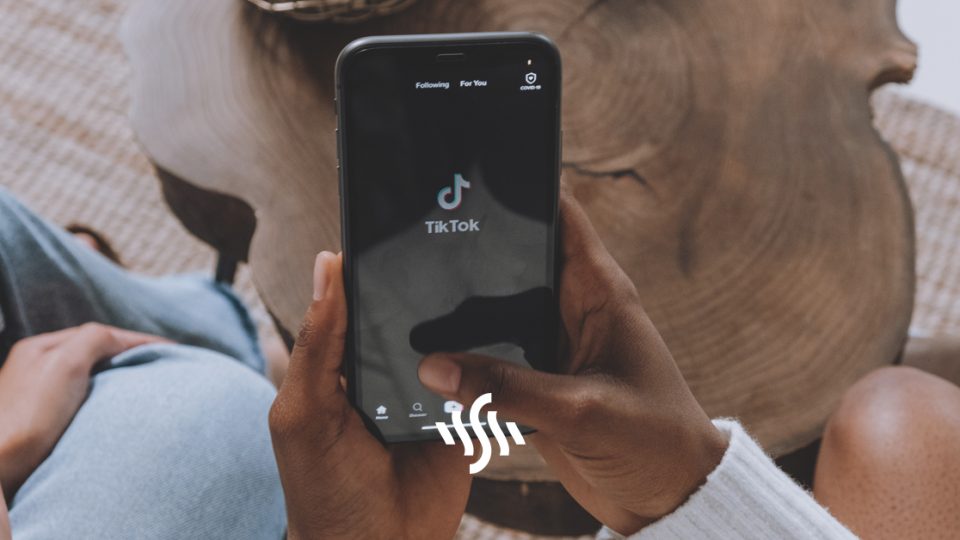TikTok Recommendation Algorithm Explained
If you’ve been wondering how content suggested for you is so on point, here’s the TikTok recommendation algorithm debunked!
A report in the New York Times has broken down how TikTok decides what videos to recommend to its users, in order to meet its ultimate goal. The enormously popular short form content app is built on two major aims: to make users stick around, as well as keep them coming back.
This information comes as a New York Times columnist was granted access to an official document by TikTok’s technical team outlining the algorithm. The document, titled “TikTok Algo 101” has been aimed at TikTok’s non-technical employees, to give them a clear understanding.
The algorithm is geared towards 4 aims: “user value”, “long-term user value”, “creator value”, and “platform value”.
The algorithm takes into account interactions like comments and likes to determine what is suggested for users. It also considers video information such as hashtags, captions, and sounds. A recent Wall Street Journal investigation discovered that TikTok’s algorithm also takes into account watch time. This has been viewed as a concern, since it can lead to the recommendation of harmful content, like the promotion of self-harm or suicide, despite TikTok’s efforts to promote mental health assistance.
The document presents a very simplified version of the equation used to fuel the TikTok recommendation algorithm:
“Plike x Vlike + Pcomment x Vcomment + Eplaytime x Vplaytime + Pplay x Vplay”
This equation helps the platform to suggest preferred content to users, whilst simultaneously diversifying it in order to avoid boredom and repetitiveness. The theory is that TikTok places more value on some interactions than others.
How Is the TikTok Recommendation Algorithm Special?
The technical world of social media has viewed the TikTok algorithm as somewhat of a formidable mystery. Surely this uber successful social media giant is doing something different to the rest.
According to Julian McAuley, a professor of computer science at the University of California San Diego, the description of the algorithm’s inner workings is “totally reasonable, but traditional stuff.” Rather than a particularly unique system, the platform’s success can be attributed to machine learning paired with “fantastic volumes of data, highly engaged users, and a setting where users are amenable to consuming algorithmically recommended content (think how few other settings have all of these characteristics!). Not some algorithmic magic.”
Algorithmic Addiction
With the TikTok recommendation algorithm so effective in its design, many have likened users’ habits of the app to addiction. The idea that the content is both tailored to you, but doesn’t quite satisfy your hunger – a classic critical commentary on pop culture – supports the aim of user retention and “playimte”.
The fact that content is just so easy to create on TikTok, thanks to templates, challenges, and sounds, means we will undoubtedly continue to be glues to the app for years to come.
